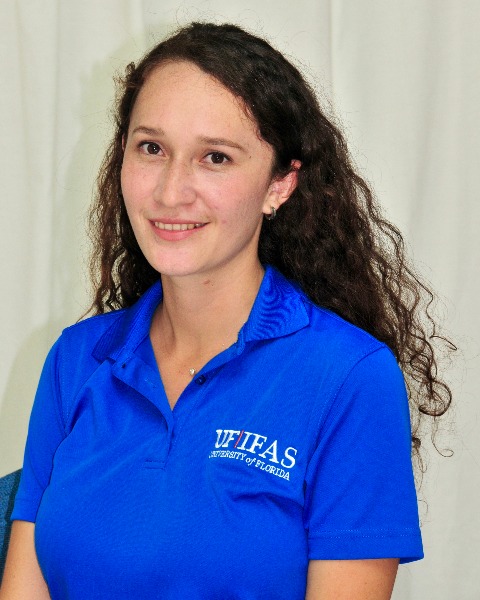10-Minute Presentation
Systematics, Evolution, and Biodiversity
Assessing sperm storage in two biotypes of Calomela intemerata: A potential biological control of earleaf acacia
- TT
Telmah Telmadarrehei, Ph.D.
Post-doctoral Associate
University of Florida
Fort Pierce, Florida - EL
Eloïse Lamie
University of Florida
Fort Pierce, Florida 
Sara Elizabeth Salgado Astudillo
Grad student
University of Florida
Fort Pierce, Florida
Emily Le Falchier (she/her/hers)
Graduate Student
University of Florida
Vero Beach, Florida- MS
Melissa Smith
Research Ecologist
USDA-ARS
Davie, Florida 
Matthew F. Purcell (he/him/his)
Director
CSIRO
Brisbane, Queensland, Australia- CM
Carey Minteer
Assistant Professor
University of Florida
Fort Pierce, Florida
Presenting Author(s)
Co-Author(s)
The phyllode-feeding beetle Calomela intemerata Lea (Coleoptera: Chrysomelidae), native to Australia, shows promise as a biological control candidate for Acacia auriculiformis A. Cunn. ex Benth (Fabaceae), a serious invasive weed in Florida, USA. Our study focuses on two biotypes of this beetle collected from the Northern Territory and Queensland, Australia. To ensure successful population growth and establishment of this beetle in invaded areas of Florida, it is important to study the sperm storage capacity of females of this beetle. Females were placed in the environmental chamber at 30 °C, 80% relative humidity, and a 14:10 light-to-dark photoperiod. Each female was paired with a male of the same biotype for 72 hours, after which the male was removed and returned to the colony. Twice a week, we examined the number of eggs laid by each female, checked for newly emerged larvae, and provided fresh food. Eggs from each replicate were placed in a separate Petri dish within the same environmental chamber as the adult females and monitored twice per week to assess viability. Unhatched eggs were discarded after two weeks. When females failed to lay viable eggs approximately 14 days after their last mating, they were paired with a new male for an additional 72-hour period, as required throughout the experiment. The experiment continued until the death of the female. The average sperm storage in the Northern Territory and Queensland was 63.1 and 61.5 days, respectively, indicating how long females can produce offspring in the absence or death of male beetles.

.png)
